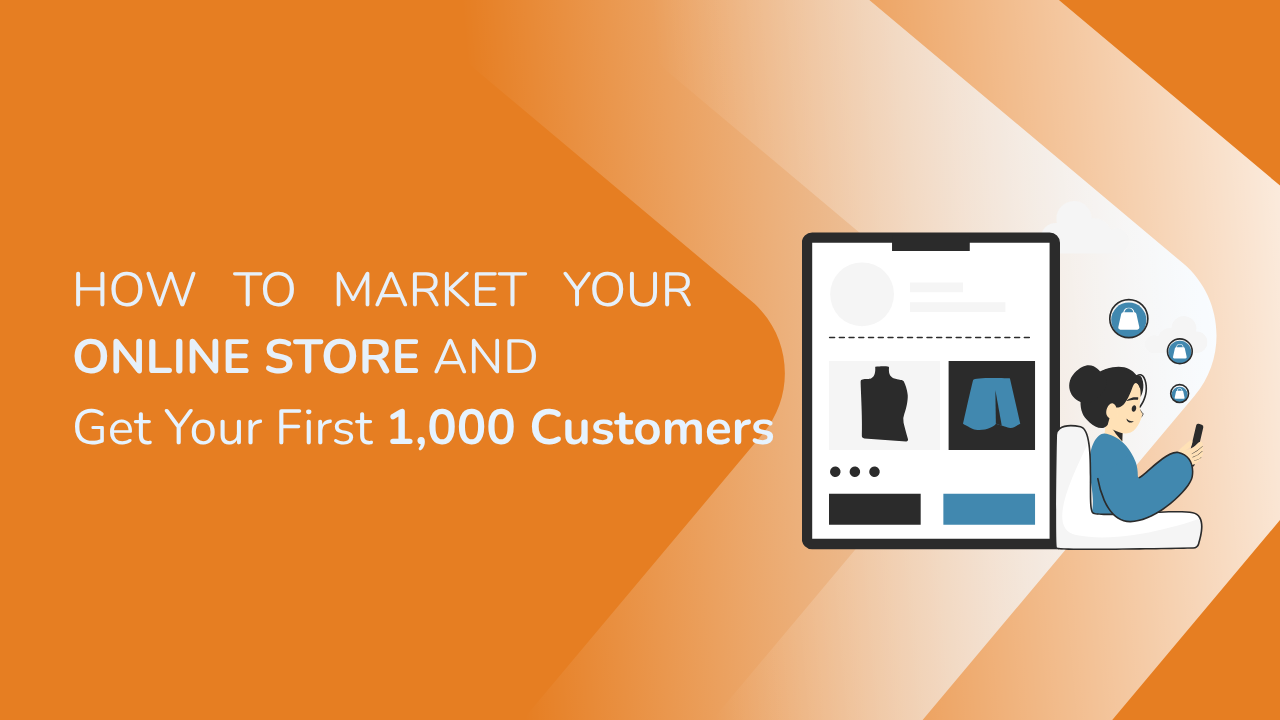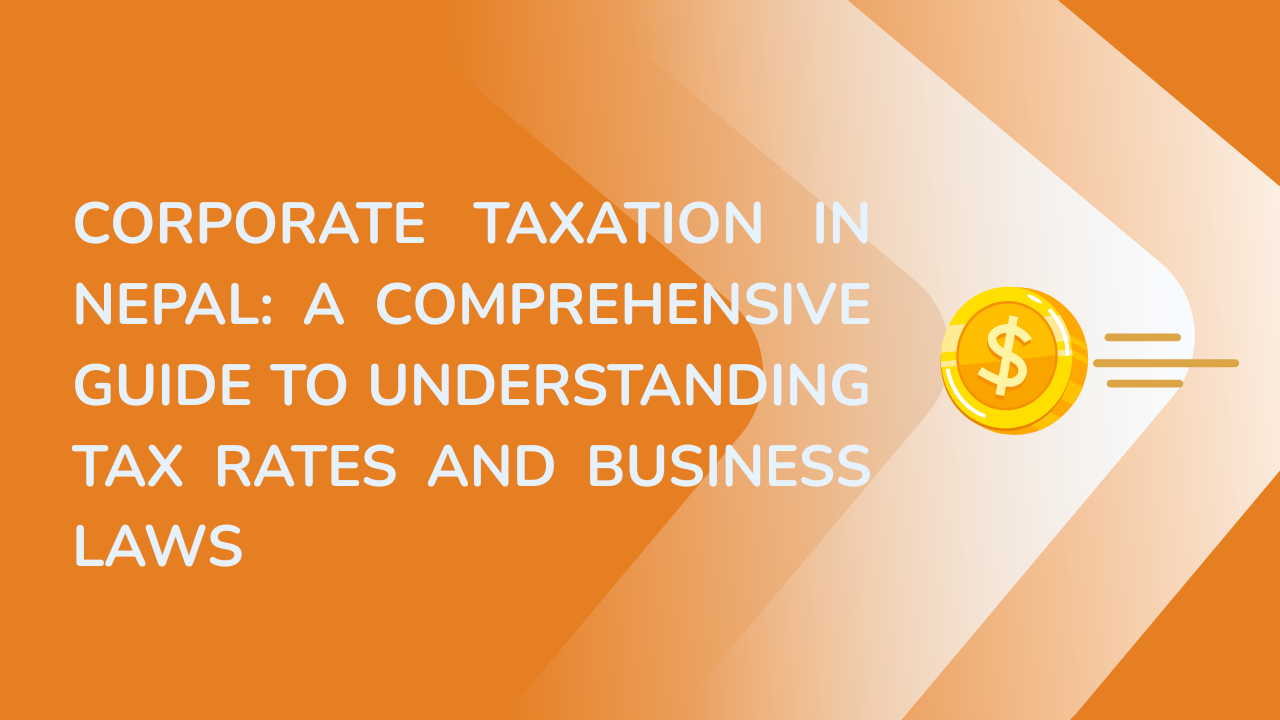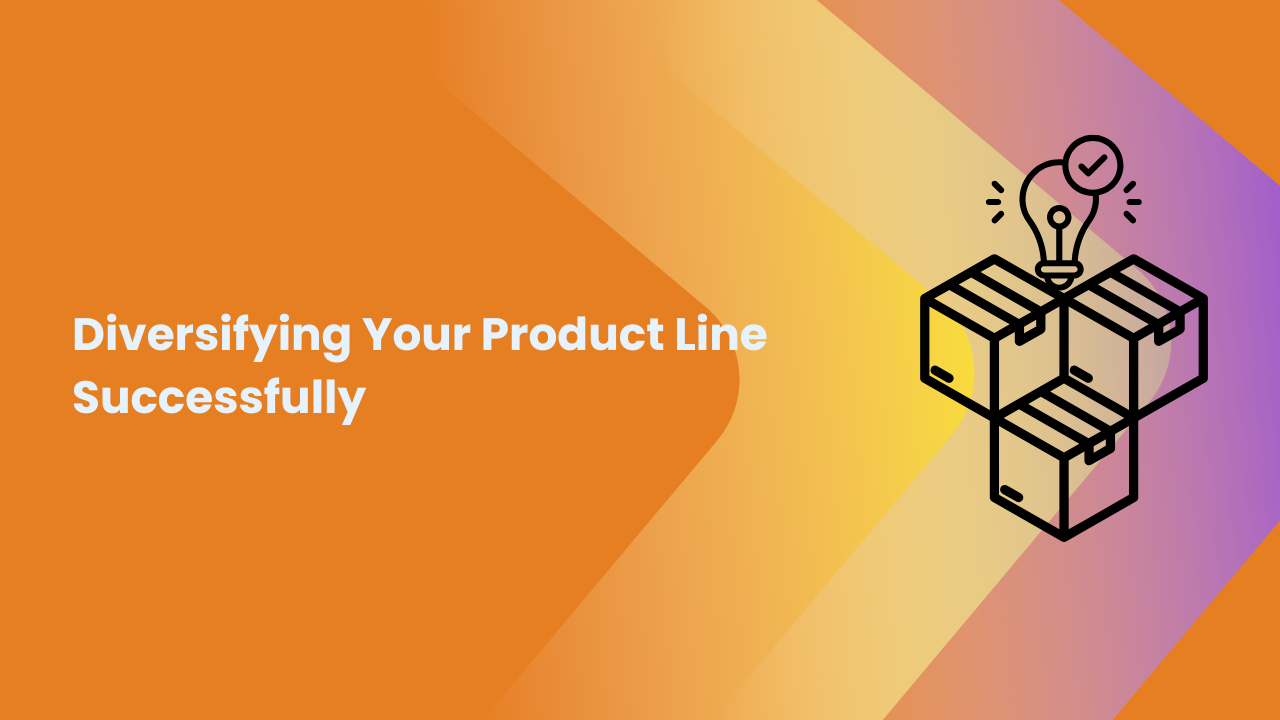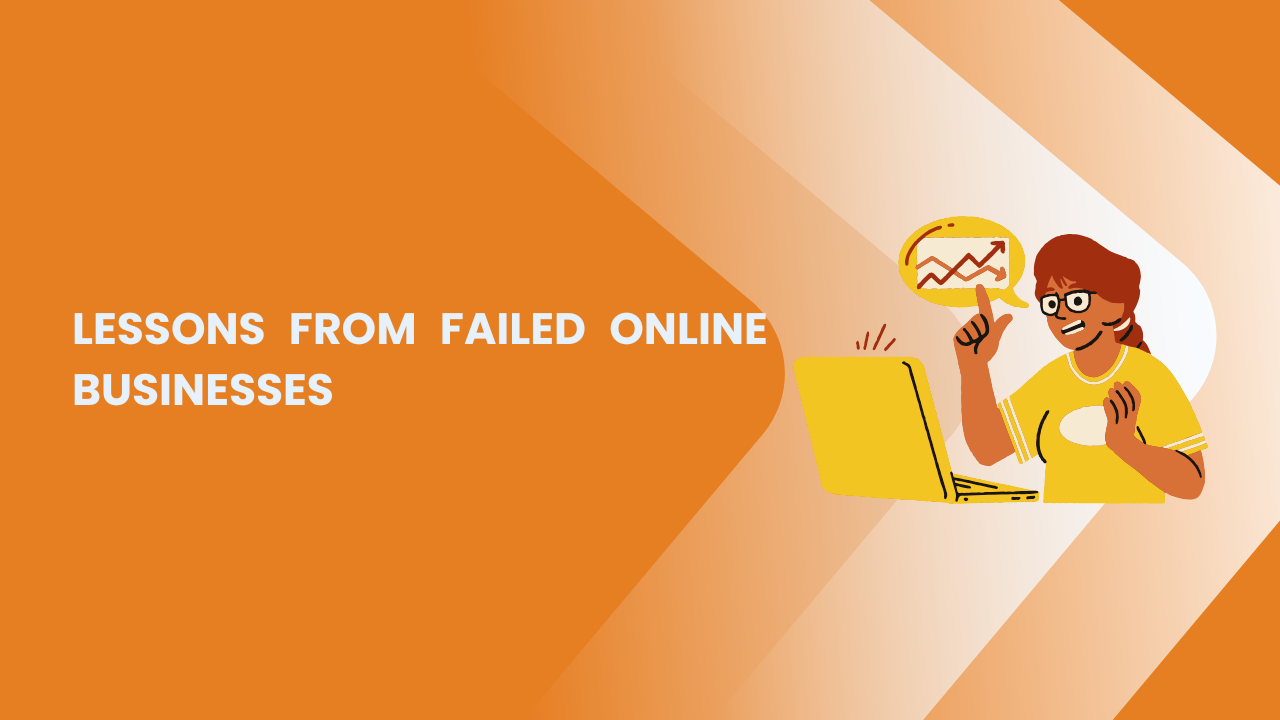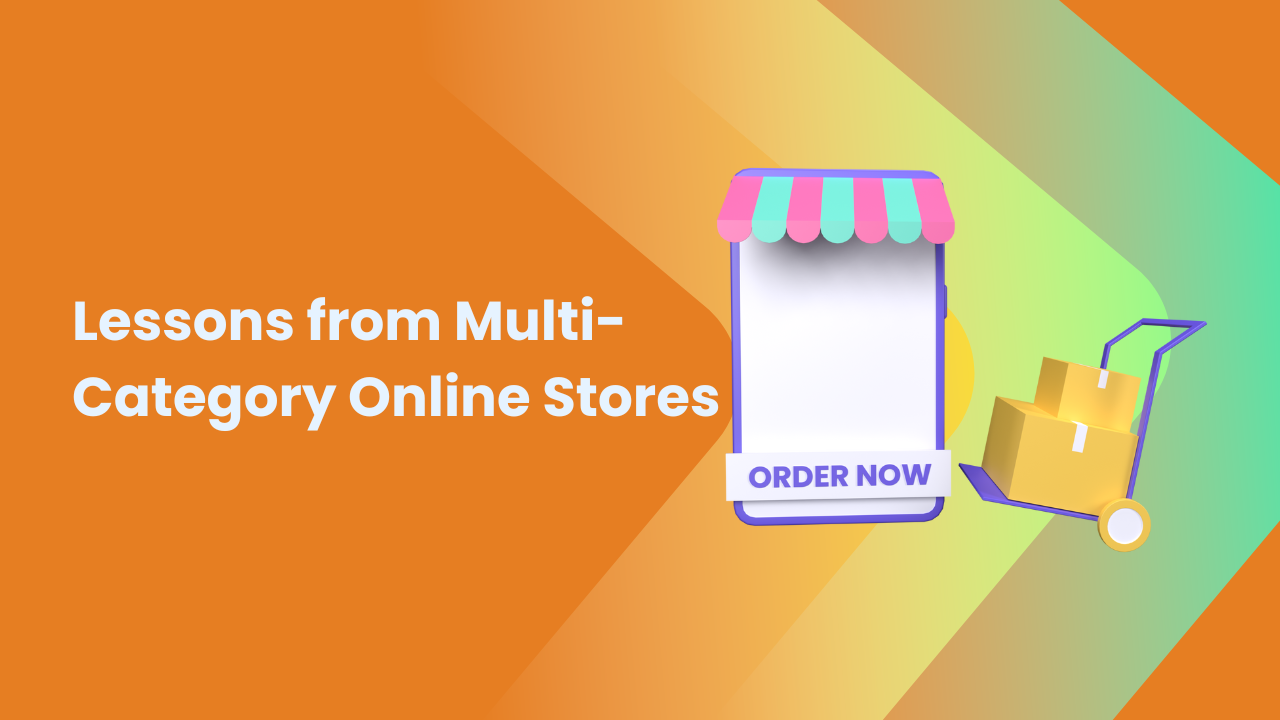Share this Article
As businesses grow, managing various operations—from accounting and inventory to human resources and customer service—becomes increasingly complex. Enter ERP: Enterprise Resource Planning. An ERP system is not just another piece of business software—it’s the operating brain of an organization. It integrates all critical functions into a single, unified system, streamlining data, processes, and decision-making. In today’s competitive and digitized market, ERP is not a luxury—it is a necessity.
This article explores what a Business ERP System is, why it matters, how it works, and when it's the right time to implement one, especially in a fast-growing market like Nepal.
What is a Business ERP System?
A Business ERP (Enterprise Resource Planning) system is a type of software platform used by companies to manage day-to-day business activities such as accounting, procurement, project management, risk management and compliance, and supply chain operations. A complete ERP suite also includes enterprise performance management, software that helps plan, budget, predict, and report on an organization’s financial results.
Unlike isolated tools or manual spreadsheets, an ERP system centralizes data and integrates all key processes. Whether you are a retailer tracking thousands of SKUs, a manufacturer monitoring production timelines, or a distributor coordinating shipping and inventory, ERP creates one source of truth for everyone across departments.
At its core, an ERP system enables the flow of information between all business functions inside the organization and manages connections to outside stakeholders.
Why ERP Systems Are Becoming Crucial in Business
Businesses, large or small, eventually outgrow patchwork solutions. Initially, a small team may use accounting software like Tally or QuickBooks, HR may track data in Excel, and sales may use a basic CRM tool. Over time, as data becomes siloed and operations scale, these disconnected systems begin to cause inefficiencies, errors, and miscommunications.
ERP solves this by consolidating all functions into a single system. It unites finance, HR, manufacturing, supply chain, procurement, customer relationship management, and more—on one platform.
With real-time visibility into operations, executives can make faster and better-informed decisions. Teams become more productive because they’re not bogged down by redundant data entry or inconsistent workflows. Overall, the business becomes more agile, scalable, and responsive.
Key Features of a Business ERP System
While ERP systems vary by industry and vendor, most comprehensive platforms share several core modules and capabilities:
1. Finance and Accounting
Handles everything from general ledgers and accounts payable/receivable to budgeting, tax calculation, and financial reporting.
2. Inventory and Supply Chain Management
Tracks inventory levels, manages procurement, monitors vendor performance, and optimizes warehousing and delivery.
3. Human Resource Management
Enables payroll processing, attendance tracking, recruitment, and employee performance management—all within one platform.
4. Customer Relationship Management (CRM)
Manages leads, sales pipelines, customer interactions, marketing campaigns, and support workflows.
5. Project and Task Management
Allocates resources, assigns tasks, monitors timelines, and tracks project costs and milestones in real time.
6. Analytics and Business Intelligence
Provides dashboards, reporting tools, and data visualizations for strategic insight and forecasting.
7. Compliance and Risk Management
Ensures business activities comply with local tax laws, industry regulations, and audit protocols—especially important in countries like Nepal where VAT billing and digital reporting are becoming standard.
How a Business ERP System Works
The ERP platform functions like a central nervous system. Each department interacts with their relevant module, but all data is synchronized across the platform. For example, when sales closes a deal, the system automatically updates inventory levels, generates an invoice, and adjusts the revenue forecast. There’s no need for cross-departmental email threads or manual entries.
ERP systems typically offer role-based dashboards, so a warehouse manager, a CFO, and a sales agent each see only the information they need. Permissions and workflows can be customized to reflect the organization’s structure and internal processes.
The platform may be hosted on-premise (in-house servers), but most modern systems today are cloud-based, enabling real-time access from anywhere.
The Rise of ERP in Nepal and Emerging Markets
In Nepal, ERP adoption is accelerating as businesses seek efficiency, growth, and digital resilience. Government initiatives like digital VAT invoicing and e-governance are pushing more businesses to abandon manual record-keeping. From retail chains and manufacturing plants to schools, cooperatives, and tourism agencies, ERP is making its way into every sector.
Platforms like Saauzi Smart Solutions are offering localized ERP systems tailored for Nepali SMEs—with features like Nepali calendar integration, local payment gateways, and native language support. This localization is crucial for ensuring adoption and long-term usability.
Benefits of Implementing an ERP System
1. Improved Efficiency
By automating repetitive tasks, ERP systems reduce the time and labor involved in manual processes.
2. Centralized Information
ERP platforms eliminate data silos. With all information accessible from a single source, accuracy improves across departments.
3. Better Decision-Making
With access to real-time dashboards and reports, business leaders can make data-driven decisions quickly and confidently.
4. Scalability
ERP systems grow with your business. New modules, users, or branches can be added without disrupting the existing workflow.
5. Regulatory Compliance
Modern ERP systems are updated to reflect changes in tax and regulatory laws, helping businesses stay compliant without the hassle.
6. Customer Satisfaction
Better inventory control, faster order fulfillment, and accurate billing all contribute to a smoother customer experience.
When is the Right Time to Adopt an ERP?
Not every business needs an ERP system from day one. However, several signs indicate it may be time to implement one:
- You use multiple software platforms that don’t talk to each other.
- You're spending more time on data entry than analysis.
- Inventory errors or shipping delays are becoming common.
- Financial reporting is slow or inconsistent.
- Your business is expanding into new locations or services.
- You need stronger compliance and audit tracking.
If two or more of these apply, an ERP could be a game-changer.
Challenges of ERP Implementation
Implementing an ERP system isn’t without challenges. It requires planning, training, and often, a cultural shift in how the business operates.
1. Upfront Costs
While cloud-based ERP is more affordable than legacy systems, there are still licensing, setup, and training costs to consider.
2. Resistance to Change
Employees accustomed to manual methods may resist switching to new tools. Change management and training are essential.
3. Data Migration
Transferring historical data into the new ERP system must be done carefully to avoid inaccuracies or loss.
4. Customization Complexity
Too many custom features can make the system harder to upgrade or maintain. It’s best to start with core features and expand gradually.
Trends Shaping the Future of ERP
The ERP space is evolving rapidly, and several trends are shaping its future:
- AI and Automation: ERP systems now integrate AI to predict demand, optimize workflows, and automate decision-making.
- Mobile Access: More platforms offer mobile apps for field agents, remote managers, and on-the-go approvals.
- Vertical-Specific Solutions: Niche ERP platforms are emerging for industries like agriculture, healthcare, education, and hospitality.
- Integrations with E-Commerce: ERP systems now integrate directly with platforms like Shopify, Daraz, and Saauzi, syncing inventory, sales, and fulfillment.
Choosing the Right ERP for Your Business
When selecting an ERP platform, consider:
- Business Size and Complexity: Do you need a full-featured suite or a lightweight system with core features?
- Cloud vs. On-Premise: Cloud systems are easier to deploy and maintain, especially for SMEs.
- Customization Options: Can the system adapt to your workflows and reporting needs?
- User Experience: Is the interface intuitive for non-technical users?
- Support and Training: Does the vendor offer local support, especially in your time zone or language?
- Scalability: Can it grow with your business over time?
Examples of ERP Adoption in Nepal
Across Nepal, various industries are seeing the benefits of ERP:
- Retail: Multi-location stores use ERP to track stock, sales, and supplier performance across branches.
- Manufacturing: Production firms monitor raw materials, machine use, and delivery deadlines in real time.
- Education: Schools and colleges manage student records, attendance, and finance through integrated academic ERPs.
- Tourism: Hotels and travel agencies manage bookings, payroll, and vendor payments on a single platform.
Conclusion
A Business ERP System is more than just software—it’s a strategic asset that connects every corner of your operation. As Nepal and other emerging economies digitize, ERP systems offer the infrastructure needed to scale efficiently, respond to customer needs, and remain competitive.
Whether you're a mid-size trading firm in Kathmandu, a cooperative in Pokhara, or a growing manufacturer in Biratnagar, implementing the right ERP system could be the smartest investment you make for long-term sustainability.
But ERP is not a one-size-fits-all solution. It requires strategic planning, the right vendor, and a commitment to digital transformation. Once implemented, however, it can truly become the nervous system of your business—coordinating action, ensuring consistency, and enabling growth.
Categories:
E-commerce Tips & Tutorials
,
Marketing & Growth
,
SEO & Content Marketing
,
Beginner’s Guides
,
Sales & Conversion
,
Success Stories & Case Studies
,
Platform Features & Updates
,
Platform Comparisons
,
Design & UX Best Practices
Tags:
Online Store in Nepal
,
5 Simple Steps
,
local businesses
,
e-commerce app
,
Small Business
,
strong brand
,
E-commerce
,
Role of Social Media
,
Growing sales
,
strategies
,
Social media
,
Logistics
,
Delivery Networks
,
Flexible Delivery
,
Mobile Platforms
,
Web

